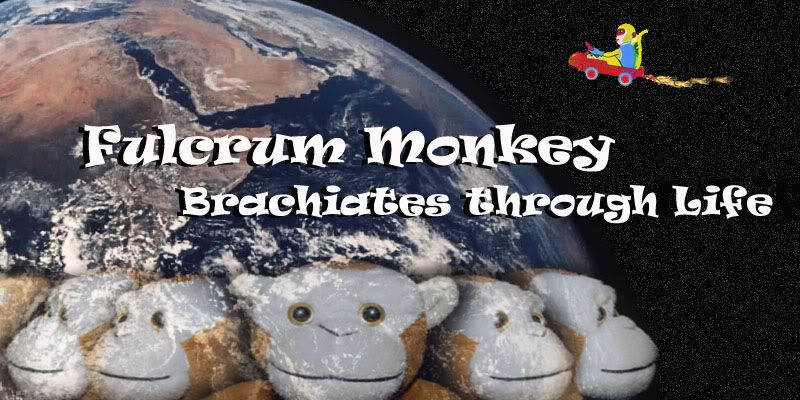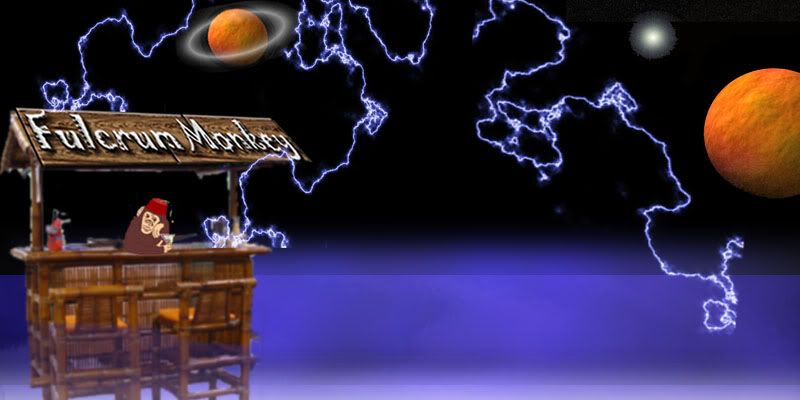_
CHRISTMAS TREE TRADITION HAS ANCIENT ORIGINS
King Tut never saw a Christmas tree, but he would have understood the tradition which traces back long before the first Christmas, says David Robson, Extension Educator, Horticulture with the Springfield Extension Center.
The Egyptians were part of a long line of cultures that treasured and worshipped evergreens. When the winter solstice arrive, they brought green date palm leaves into their homes to symbolize life's triumph over death.
The Romans celebrated the winter solstice with a fest called Saturnalia in honor of Saturnus, the god of agriculture. They decorated their houses with greens and lights and exchanged gifts. They gave coins for prosperity, pastries for happiness, and
lamps to light one's journey through life.
Centuries ago in Great Britain, woods priests called Druids used evergreens during mysterious winter solstice rituals. The Druids used holly and mistletoe as symbols of eternal life, and place evergreen branches over doors to keep away evil spirits.
Late in the Middle Ages, Germans and Scandinavians placed evergreen trees inside their homes or just outside their doors to show their hope in the forthcoming spring. Our modern Christmas tree evolved from these early traditions.
Legend has it that Martin Luther began the tradition of decorating trees to celebrate Christmas. One crisp Christmas Eve, about the year 1500, he was walking through snow-covered woods and was struck by the beauty of a group of small evergreens. Their branches, dusted with snow, shimmered in the moonlight. When he got home, he set up a little fir tree indoors so he could share this story with his children. He decorated it with candles, which he lighted in honor of Christ's birth.
The Christmas tree tradition most likely came to the United States with Hessian troops during the American Revolution, or with German immigrants to Pennsylvania and Ohio, adds Robson.
But the custom spread slowly. The Puritans banned Christmas in New England. Even as late as 1851, a Cleveland minister nearly lost his job because he allowed a tree in his church. Schools in Boston stayed open on Christmas Day through 1870, and sometimes expelled students who stayed home.
The Christmas tree market was born in 1851 when Catskill farmer Mark Carr hauled two ox sleds of evergreens into New York City and sold them all. By 1900, one in five American families had a Christmas tree, and 20 years later, the custom was nearly universal.
Christmas tree farms sprang up during the depression. Nurserymen couldn't sell their evergreens for landscaping, so they cut them for Christmas trees. Cultivated trees were preferred because they have a more symmetrical shape then wild ones.
Six species account for about 90 percent of the nation's Christmas tree trade. Scotch pine ranks first, comprising about 40 percent of the market, followed by Douglas fir which accounts for about 35 percent. The other big sellers are noble fir, white pine, balsam fir and white spruce.
Premission was granted for Internet use by --- Written by: David Robson, Extension Educator, Horticulture; Springfield Extension Center




0 Comments:
Post a Comment
<< Home